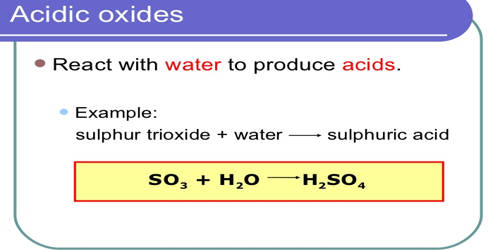Antimony oxychloride, known since the 15th century, has been known by a plethora of alchemical names. It has a layered structure and is sparingly soluble in water but can hydrolyze to form antimony trioxide (Sb₂O₃) and hydrochloric acid (HCl). Since the compound functions as both an emetic and a laxative, it was originally used as a purgative. Historically used as a flame retardant and in pigments, it’s also studied for its photocatalytic properties.
It’s toxic, requiring careful handling due to antimony’s heavy metal nature, which can cause skin and respiratory irritation. Synthesis typically involves controlled hydrolysis or precipitation. Its applications are limited due to environmental and health concerns, with safer alternatives often preferred.
Properties
- Chemical formula: SbOCl
- Molar mass: 173.21 g/mol
- Melting point: 280 °C (536 °F; 553 K)
- Solubility in water: insoluble
History
Its production was first described by Basil Valentine in Currus Triumphalis Antimonii. In 1659, Johann Rudolf Glauber gave a relatively exact chemical interpretation of the reaction. Vittorio Algarotti introduced the substance into medicine, and derivatives of his name (algarot, algoroth) were associated with this compound for many years.
Natural occurrence
Neither SbOCl nor the latter compound occur naturally. However, onoratoite is a known Sb-O-Cl mineral, its composition being Sb8Cl2O11.
Synthetic Production: Formed by dissolving antimony trichloride in water or through controlled hydrolysis under specific pH and temperature conditions. It can also form in flame-retardant systems when antimony trioxide (Sb₂O₃) reacts with hydrochloric acid or chlorine-containing compounds.
Synthesis
Dissolving antimony trichloride in water yields antimony oxychloride:
SbCl3 + H2O → SbOCl + 2 HCl
Uses
Historically used as a purgative (emetic and laxative) in medicine under names like “powder of Algaroth.” Currently used in flameproofing textiles and as an intermediate in producing antimony salts and smoke-producing agents.en.wikipedia.orgchemicalbook.comcameo.mfa.org
Toxicity
Antimony compounds, including oxychloride, display moderate toxicity. Contact with skin or eyes can cause irritation or burns, and inhalation may irritate respiratory passages.
















